

In Minecraft, the majority of survival gameplay takes place in the extensive biomes found in the Overland. There, you collect resources that you use to survive and thrive throughout the game.
Regardless of what biome you spawn into, you need to concentrate on short term survival by following these steps:
Collect wood first. If your biome does not contain much wood, such as a desert or ocean biome, move to another biome. You can always return later to collect other resources.
Use your wood to craft simple tools, especially a pickaxe.
Use your wood to craft simple weapons, especially a sword.
Use your wood to create a shelter.
As you collect resources, you will need to store them in your inventory. Here are some tips on how to stock up:
Stack identical items into your inventory slots. Many items are stackable up to 64 items per slot.
Fill your inventory with a food supply. Meats including mutton, beef, pig, and chickens provide you with the most hunger and saturation points.
Build a chest. As your inventory fills, build a chest to hold even more items, but then you will have to go back to your chest whenever you want to retrieve your stuff.
After meeting short term survival goals, you will want to employ three strategies to gather items in the Overland:
Harvest items found naturally in your biome.
Create resources by starting a farm.
Trade with villagers and excavate structures.
You will move back and forth between these three strategies, using the resources of one to help with another.
After gathering wood in your biome, you will want to collect other items found naturally in your biome.
Because each biome is unique, you will gather resources in a different order each game.
You should start by collecting wheat seeds and penning or trapping allied mobs (i.e., farm animals) including pigs, sheep, cows, and chickens.
If your biome permits, collect mushrooms, cocoa beans, rabbits, and other useful food items for farming.
Move to friendly biomes such as savannas or plains. Some biomes are very hostile to new players including the desert, though it offers great resources later in gameplay. If you spawn in a resource scarce biome, simply begin travelling until you find a more suitable habitat.
Farms are an important part of Minecraft play. Here are some pointers on how to get started farming:
Start a wheat farm. They are relatively easy to create and allow you to craft food products to eat as well as breed animals.
Plant other crops such as melons, potatoes, carrots, and pumpkins.
Begin breeding allied mobs that you trapped in pens. Not only are animals important food products, they also drop other items used in gameplay such as leather, wool, and eggs.
Use the table below to breed animals:
As you develop more resources from farming (and mining), you can collect more resources found naturally in the biomes.
Finding ocelots and wolves (each with its own unique biome) will allow you to create a dog and cat army.
Taming ocelots require fish, gathered after you have crafted a fishing rod.
Wolves are tamed by bread, crafted from wheat.
Excavating and trading with villagers are strategic aspects of gameplay in Minecraft. Here are some points to remember as you get started:
Early players will be unable to successfully excavate a structure as they will need tools only found after some farming and mining have taken place.
When you are ready to excavate, you will find a treasure trove of objects in these excavation sites.
You will need a stockpile of goods to trade with villagers. Many players begin with wheat or wool for trading, usually acquired through farming and mining.




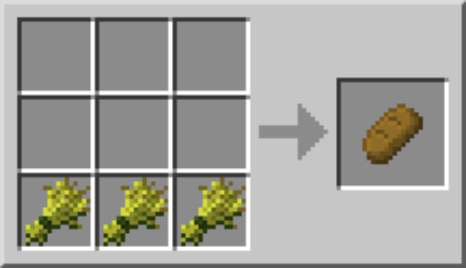 How to Make Bread, Cake, and Cookies in Minecraft - For Dummies
How to Make Bread, Cake, and Cookies in Minecraft - For Dummies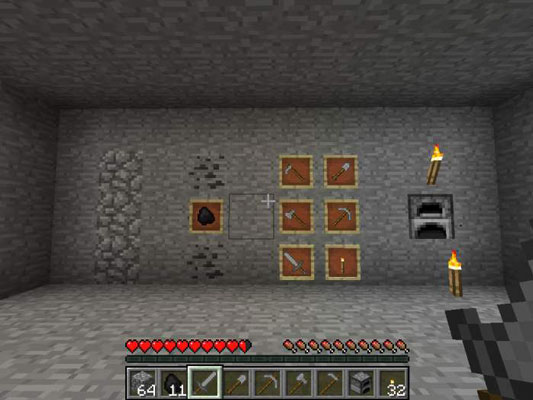 3 Optional Day One Activities in Minecraft - For Dummies
3 Optional Day One Activities in Minecraft - For Dummies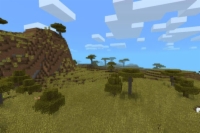 The Warm Biomes in Minecraft - For Dummies
The Warm Biomes in Minecraft - For Dummies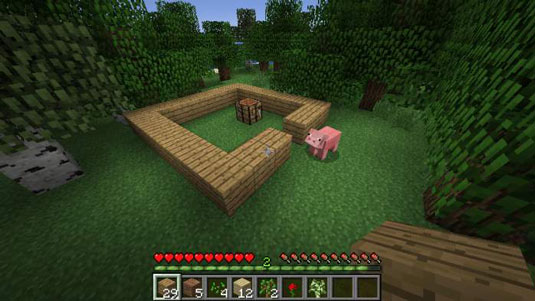 How to Build a Shelter and Door in Minecraft - For Dummies
How to Build a Shelter and Door in Minecraft - For Dummies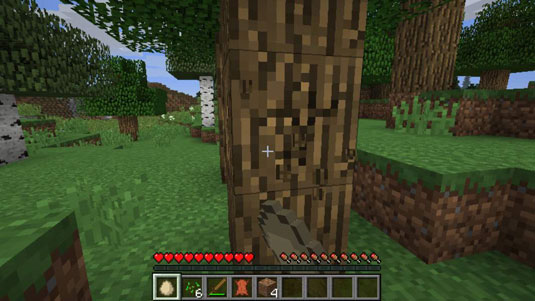 3 Strategies to Help You Survive the First Night in Minecraft - For Dummies
3 Strategies to Help You Survive the First Night in Minecraft - For Dummies